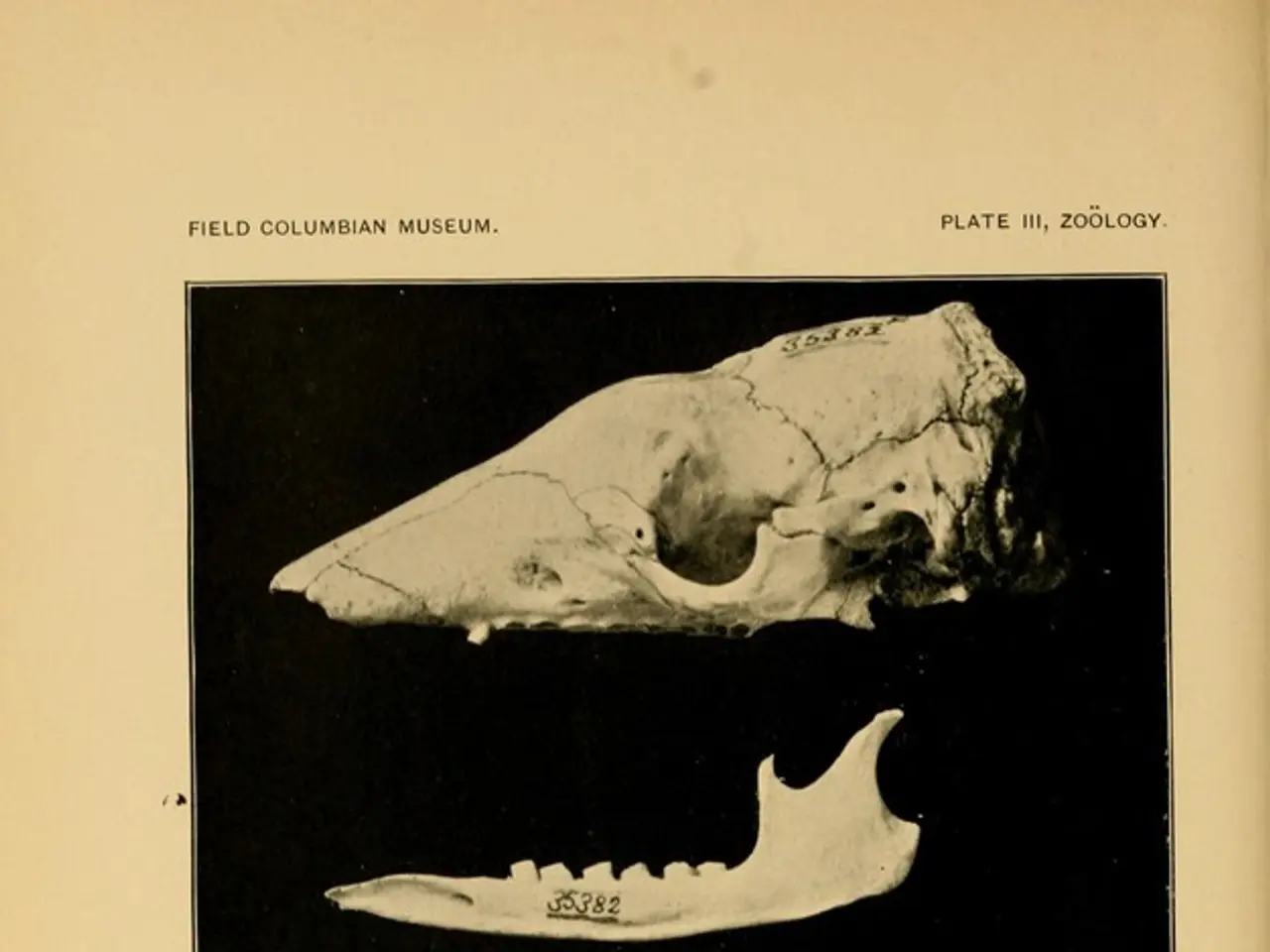Bone Metastases: Common Cancer Complication, Crucial to Detect Early
Bone metastases, a common complication in advanced cancer, often presents with distinctive symptoms. Patients may experience bone pain, typically worse at night or with movement, and could notice swelling or fractures. This condition is more prevalent in breast, lung, or prostate cancer patients.
Bone pain is the most frequent symptom, often sharp or dull, and can significantly impact mobility. It's crucial to consult a doctor if such pain occurs. This pain is due to structural damage and inflammation caused by cancer altering the balance between bone builders (osteoblasts) and bone breakers (osteoclasts), making bones more fragile.
Nighttime and/or load-dependent pain, limited mobility, and noticeable swelling or pathological fractures are typical symptoms. High calcium levels in the blood (hypercalcemia) and anemia can also result from bone metastases, which can be detected through regular blood work. Early detection is vital to slow the spread and manage symptoms effectively.
Bone metastases, or bone mets, are a serious concern in advanced cancer. They cause significant pain, mobility issues, and increase the risk of fractures. Regular blood work and prompt medical consultation for bone pain can help detect and manage this condition early, improving patient outcomes.







